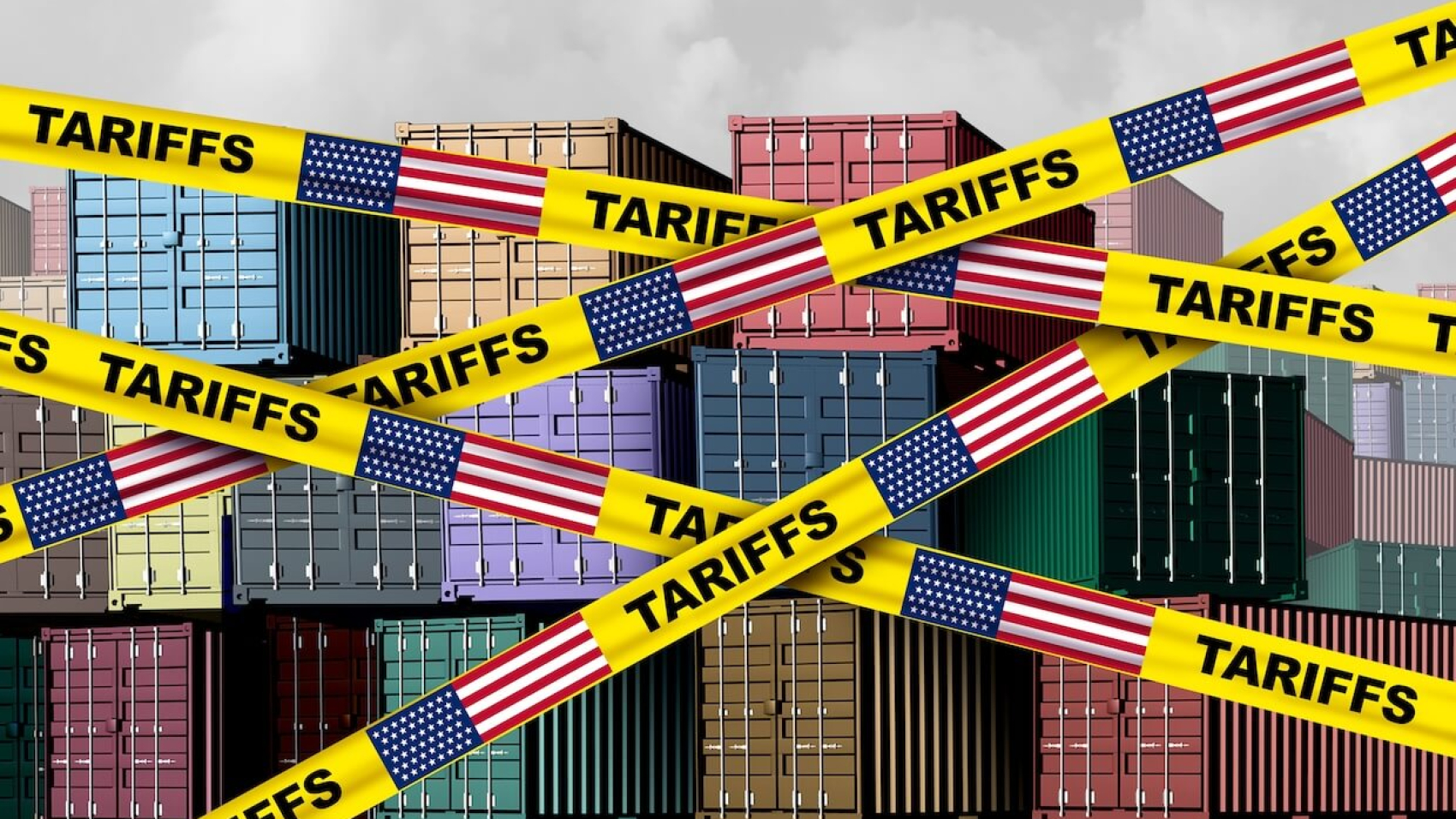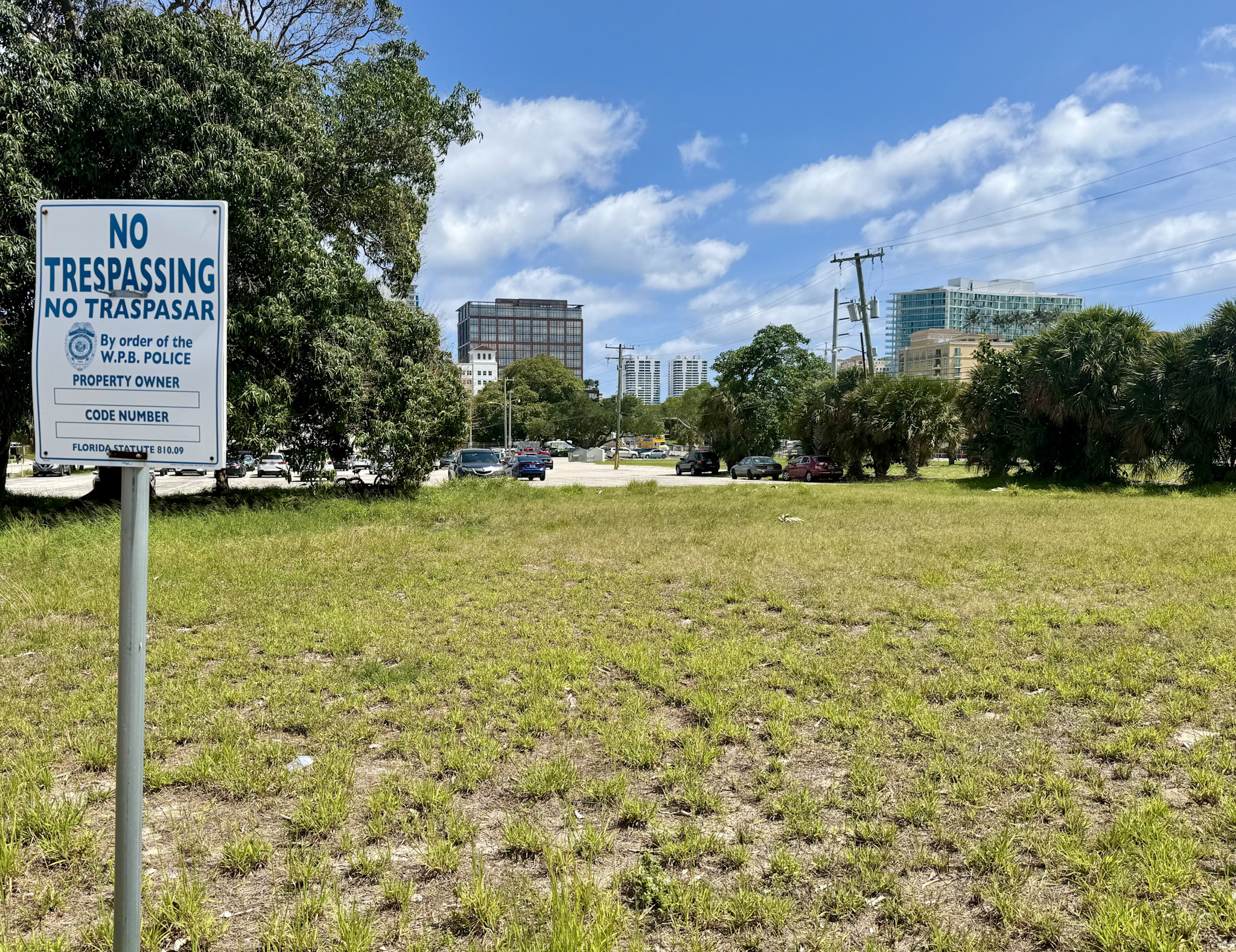U.S. Housing Market Analysis: A Sustainable Development Goals Perspective
Overview of Current Market Conditions and SDG Implications
The United States housing market is currently facing significant challenges that impede progress toward several key Sustainable Development Goals (SDGs), particularly SDG 11 (Sustainable Cities and Communities). Persistently high mortgage rates and inflated home prices are creating substantial barriers to affordable and adequate housing, a cornerstone of sustainable development.
Key Challenges to Housing Sustainability and Affordability
Economic Barriers Contravening SDG 11
Current economic conditions present a direct challenge to the targets of SDG 11, which aims to ensure access for all to adequate, safe, and affordable housing. Analysis reveals a market characterized by severe affordability issues.
- Mortgage rates remain near 7%.
- Home prices have increased by 55% since the start of 2020, according to the Case-Shiller U.S. National Home Price Index.
- These factors create a prohibitive environment for potential buyers, especially those with lower incomes, undermining the goal of inclusive and sustainable communities.
Supply and Labor Shortages Impacting SDG 8 and SDG 11
The construction sector’s inability to meet housing demand is a critical issue that affects both SDG 8 (Decent Work and Economic Growth) and SDG 11. A constrained supply of new homes exacerbates the affordability crisis.
- Insufficient Inventory: A May report by the National Association of Realtors and Realtor.com indicates that while housing inventory is rising slightly, it is not nearly enough to meet demand. Oxford Economics forecasts a continued deterioration of the housing market.
- Construction Headwinds: Homebuilders face significant obstacles that slow the pace of new construction, directly impacting housing availability. These include:
- Higher material costs resulting from tariffs.
- A reduced labor force linked to changes in immigration and deportation policies.
- Economic Impact: These challenges not only slow housing starts but also affect the stability of employment and economic growth within the construction sector, touching upon the principles of SDG 8.
Exacerbating Social and Economic Disparities (SDG 1 & SDG 10)
The housing crisis disproportionately affects vulnerable populations, deepening inequalities and threatening progress on SDG 1 (No Poverty) and SDG 10 (Reduced Inequalities). The lack of affordable housing is a primary driver of economic strain and social stratification.
- First-Time Buyers Excluded: Lawrence Yun, chief economist for the National Association of Realtors, notes that the combination of undersupply and high prices is preventing first-time homebuyers from entering the market, hindering wealth creation for a new generation.
- Low- and Moderate-Income Households: According to Realtor.com Chief Economist Danielle Hale, there is a severe shortage of homes affordable to low- and moderate-income households. This lack of access to a basic need like shelter can perpetuate cycles of poverty.
Market Outlook and Regional Analysis
Geographical Concentration and Inequality
Progress in developing affordable housing is not uniform, highlighting regional disparities that conflict with the universal aims of the SDGs. Realtor.com reports that any limited progress in affordable inventory has been concentrated primarily in the Midwest and the South, leaving other regions behind.
Future Projections and Economic Implications
Analysts project a complex and challenging path forward. While some developments may offer minor relief, the fundamental issues impacting housing sustainability remain.
Forecasts from Economic Analysts:
- Slowing Growth: Oxford Economics predicts that weak demand and labor market concerns will lead to slower home price growth and limited new-home construction.
- Affordability Challenges Persist: Daiwa Capital Markets analysts state that substantial improvement is unlikely until mortgage rates or prices ease, mitigating the affordability crisis.
- Macroeconomic Outlook: Despite housing market struggles, Oxford Economics forecasts that the U.S. will avoid a recession, with the Federal Reserve potentially cutting interest rates in early 2026.
Analysis of Sustainable Development Goals in the Article
1. Which SDGs are addressed or connected to the issues highlighted in the article?
-
SDG 11: Sustainable Cities and Communities
- The article’s central theme is the housing market crisis, characterized by a lack of affordable and available housing. This directly connects to the goal of making cities and human settlements inclusive, safe, resilient, and sustainable. The text repeatedly mentions “housing inventory,” “home prices,” and “affordability challenges,” which are core components of sustainable urban development.
-
SDG 1: No Poverty
- The article highlights how the current housing market disproportionately affects “low- and moderate-income households.” Access to affordable housing is a critical component of poverty reduction, as high housing costs can push vulnerable households into poverty. The inability to afford basic shelter is a dimension of poverty addressed by this goal.
-
SDG 10: Reduced Inequalities
- The issues discussed point to growing economic inequality. The article states that the market conditions are “holding back first-time home buyers from entering the market” and that affordable housing is not available everywhere, being “concentrated in the Midwest and the South.” This creates a divide between those who can afford a home and those who cannot, particularly affecting specific income groups and potentially leading to geographic inequality.
-
SDG 8: Decent Work and Economic Growth
- The article links the housing crisis to broader economic factors, including the labor market. It mentions that homebuilders face a “reduced labor force because of fewer immigrants and more deportations” and that “concerns over the labor market keep buyers sidelined.” This shows the interdependence between the housing sector, labor availability, employment stability, and overall economic health.
2. What specific targets under those SDGs can be identified based on the article’s content?
-
Target 11.1: Ensure access for all to adequate, safe and affordable housing and basic services.
- This is the most direct target. The entire article details the failure to meet this target, citing “record high home price,” a “longstanding lack of inventory,” and “affordability challenges faced by potential buyers.” The statement that “We still don’t have an abundance of homes that are affordable to low- and moderate-income households” explicitly points to the gap in achieving this target.
-
Target 1.4: Ensure that all men and women, in particular the poor and the vulnerable, have equal rights to economic resources, as well as access to basic services, ownership and control over land and other forms of property.
- The article describes how high prices and mortgage rates are significant barriers preventing “first-time home buyers” and “low- and moderate-income households” from achieving homeownership. This directly relates to the target of ensuring access to ownership of property, which is a key economic resource.
-
Target 10.2: Empower and promote the social, economic and political inclusion of all, irrespective of… economic or other status.
- The housing market described in the article is actively contributing to the economic exclusion of certain groups. By “holding back first-time home buyers from entering the market,” the system is failing to promote the economic inclusion of those with lower or moderate incomes, thereby exacerbating inequality.
-
Target 8.5: Achieve full and productive employment and decent work for all.
- The article implies challenges to this target by mentioning a “reduced labor force” for homebuilders, which impacts construction capacity. Furthermore, it notes that the “household appetites for spending will largely hinge on the health of the labor market,” indicating that employment insecurity is a major factor hindering economic activity, including home buying.
3. Are there any indicators mentioned or implied in the article that can be used to measure progress towards the identified targets?
-
Home Price Indices and Growth Rates
- The article explicitly mentions the “Case-Shiller U.S. National Home Price Index” and states that “home prices are 55% higher than they were at the beginning of 2020.” It also discusses the potential for “slower home price growth.” These are direct quantitative indicators of housing affordability.
-
Mortgage Rates
- The article cites that “Mortgage rates are still nearly 7%.” This is a key financial indicator that directly impacts the affordability of housing for all income levels and can be tracked to measure progress.
-
Housing Inventory and Supply Levels
- The text refers to a “longstanding lack of inventory” and notes that “Housing inventory is slightly rising overall, but it’s not doing so by nearly enough.” The supply of existing homes and inventory levels are crucial indicators for measuring access to housing.
-
New Housing Construction (Housing Starts)
- The article mentions that higher costs and labor shortages “will slow housing starts—a.k.a. new construction.” The rate of new construction is a direct indicator of efforts to increase housing supply to meet demand.
-
Labor Market Data
- The article implies the use of labor market indicators by referencing a “reduced labor force” and “concerns over the labor market.” Data on labor force participation, unemployment rates, and labor shortages in the construction sector serve as indicators for SDG 8.
-
Homeownership Rate by Income Group (Implied)
- While not stating a specific number, the article implies this indicator by discussing how the market is “holding back first-time home buyers” and is inaccessible for “low- and moderate-income households.” Tracking homeownership rates for these specific demographics would measure progress towards inclusion (Target 10.2) and access to property (Target 1.4).
4. Table of SDGs, Targets, and Indicators
| SDGs | Targets | Indicators Identified in the Article |
|---|---|---|
| SDG 11: Sustainable Cities and Communities | 11.1: Ensure access for all to adequate, safe and affordable housing and basic services. |
|
| SDG 1: No Poverty | 1.4: Ensure that all men and women, in particular the poor and the vulnerable, have equal rights to economic resources, as well as access to… ownership and control over… property. |
|
| SDG 10: Reduced Inequalities | 10.2: Empower and promote the social, economic and political inclusion of all, irrespective of… economic or other status. |
|
| SDG 8: Decent Work and Economic Growth | 8.5: Achieve full and productive employment and decent work for all. |
|
Source: fortune.com







